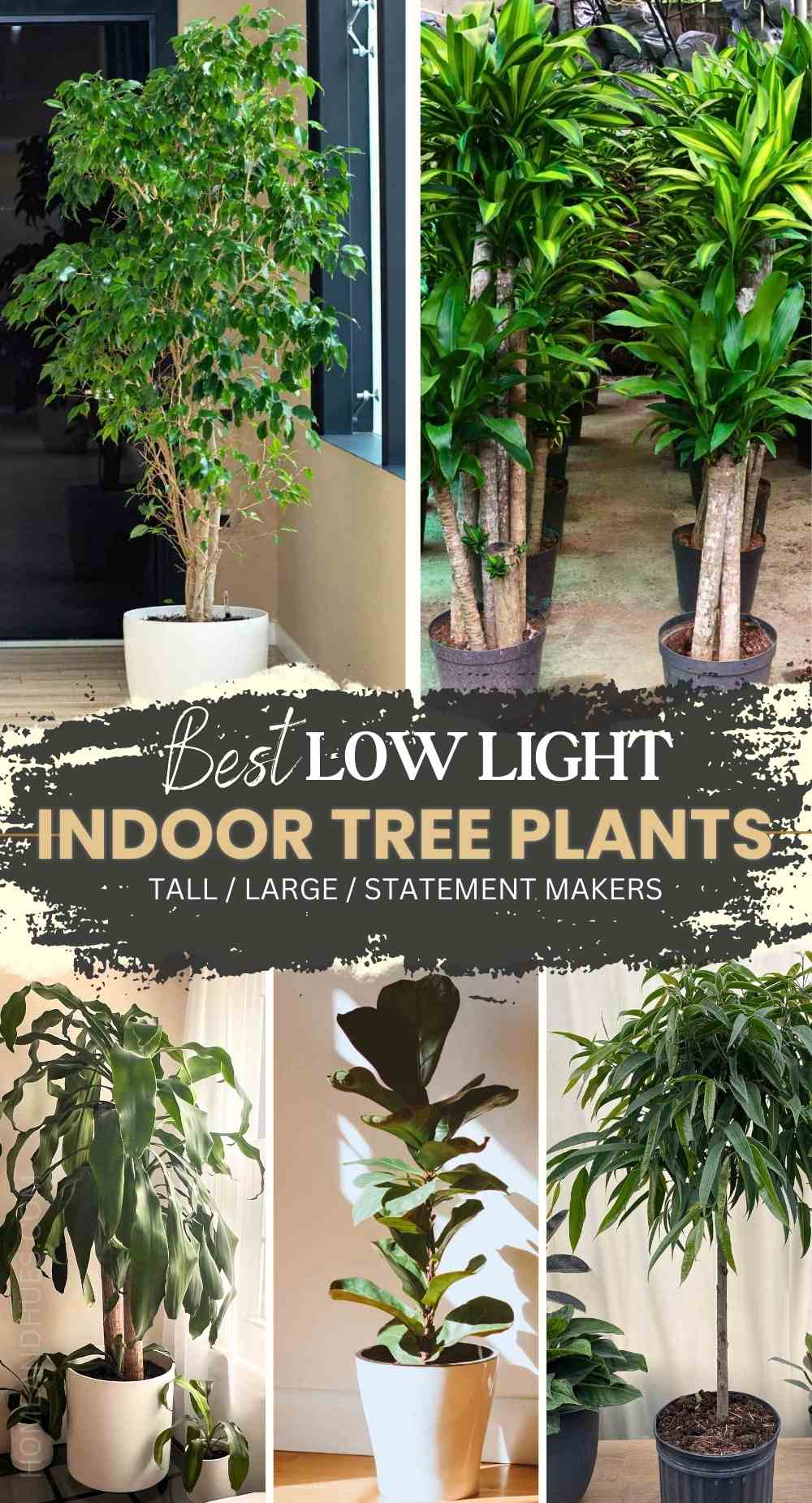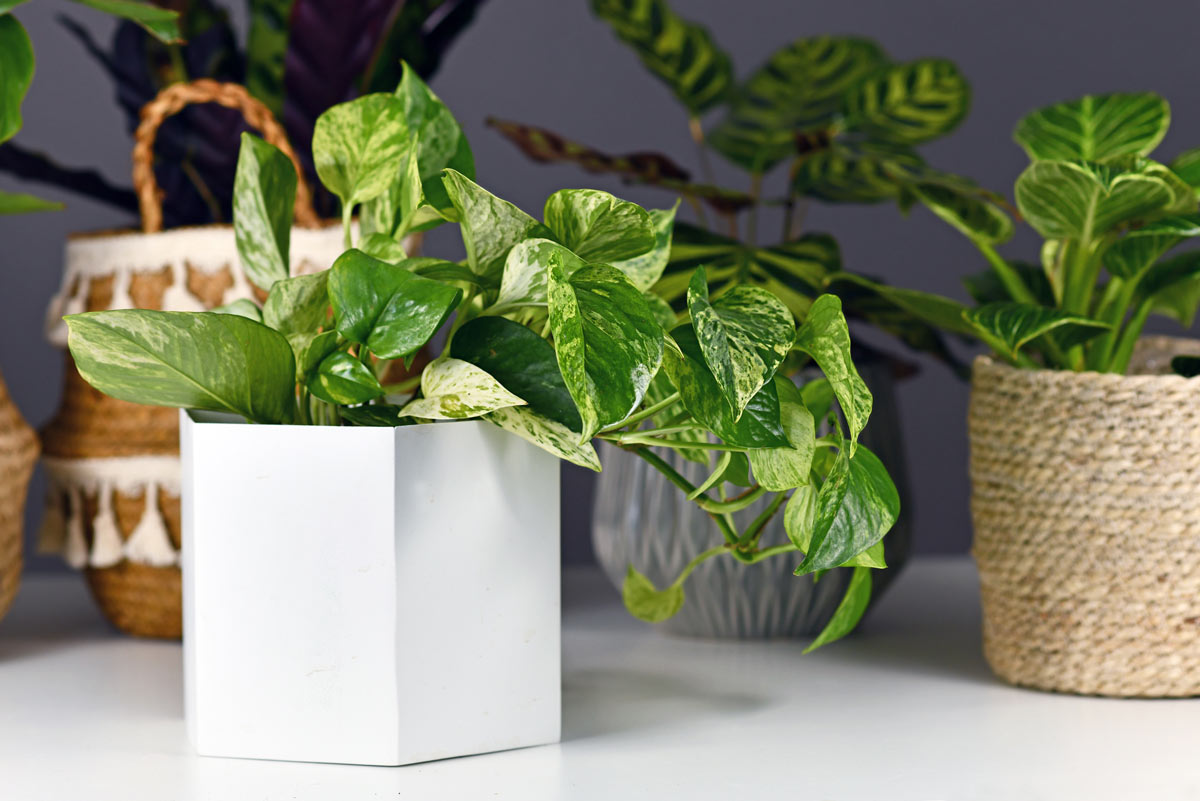The Best Low-Light Indoor Plants to Improve Your Home’s Air Quality
Transform Your Home With Beautiful Low-Light Indoor Plants and Their Advantages
Integrating low-light indoor plants into your home can dramatically enhance both the aesthetic and environmental quality of your home. These plants, which grow in dim problems, serve not just as attractive aspects however also as all-natural air purifiers, making them perfect for urban occupants or those with minimal sunshine exposure. As we explore the numerous kinds of low-light plants and their benefits, you might find shocking methods to incorporate them into your home that can transform your surroundings in methods you might not have expected.
Benefits of Low-Light Plants
Low-light plants provide various advantages for interior environments, making them an excellent selection for both newbie and seasoned gardeners. Among the key advantages is their adaptability to low-light conditions, allowing individuals to enhance their space without the requirement for considerable sunlight exposure. This particular makes them suitable for homes, workplaces, and other areas with restricted natural light.

Additionally, integrating low-light plants into home decor can boost the visual allure of a room. Their lush foliage and varied structures produce a soothing atmosphere, adding to total wellness. Last but not least, the presence of greenery has actually been connected to minimized anxiety degrees and improved efficiency, making low-light plants a practical option for enhancing both mental and physical health and wellness in interior setups.
Leading Low-Light Indoor Plants
While lots of indoor plants thrive in brilliant light, a number of types are particularly well-suited for low-light problems, making them ideal for various interior spaces. One preferred option is the Serpent Plant (Sansevieria), understood for its striking upright leaves and durability, requiring minimal treatment. Another exceptional alternative is the Pothos (Epipremnum aureum), which features heart-shaped leaves and can trail beautifully from racks or hangers, growing in low light and including a lush touch.
The ZZ Plant (Zamioculcas zamiifolia) is celebrated for its shiny fallen leaves and capability to withstand overlook, making it ideal for active way of lives. The Tranquility Lily (Spathiphyllum) not only endures low light but additionally produces spectacular white blossoms, improving any type of space's visual.
For an one-of-a-kind touch, consider the Cast Iron Plant (Aspidistra elatior), which without a doubt lives up to its name, prospering in the darkest edges of your home. Lastly, the Chinese Evergreen (Aglaonema) offers a variety of leaf patterns and shades while being extremely flexible in low-light problems. These plants not just beautify interior environments but additionally add to air purification, improving your living room.
Care Tips for Low-Light Plants

Watering techniques are important; these plants typically favor slightly completely dry problems. Overwatering can bring about root rot, so make sure that the top inch of dirt is completely dry prior to sprinkling again. Use pots with water drainage openings to allow excess wetness to run away.
Moisture is an additional crucial variable. Many low-light plants, such as brushes and tranquility lilies, go benefit from greater moisture degrees. To boost humidity, consider misting the leaves or placing a tray of water near the plants.
Fertilization should be approached with care. During the growing season, use a watered down, well balanced liquid fertilizer each month to support growth, however stay clear of fertilizing throughout the dormant winter season.

Innovative Ways to Present Plants
Indoor plants can function as exciting focal factors in any type of space, enhancing both aesthetic allure and atmosphere. Innovative displays can elevate the aesthetic effect of low-light plants, making them an important part of your home design. One efficient approach is to make use of tiered plant stands, which enable you to showcase numerous plants at differing elevations while making best use of floor room.
Hanging planters are an additional innovative alternative, developing a sense of depth and drawing the eye upward. Take into consideration macramé wall mounts or wall-mounted shelves to present an one-of-a-kind structure and design.
For a more organized strategy, use geometric terrariums or glass containers to house your plants, including a modern touch to your interior yard. You can also repurpose vintage items, such as teacups or wood dog crates, for a diverse screen that mirrors your personality.
Enhancing Home Atmosphere With Plants
Incorporating low-light plants right into your home not only improves visual appeal but additionally contributes dramatically to the total setting. These plants serve as natural decoration aspects, introducing a sense of harmony that can transform any room. The visibility of greenery fosters a calming environment, which is particularly beneficial in high-stress atmospheres such as home offices or living rooms.
Low-light plants, such as snake plants, pothos, and ZZ plants, are not just visually pleasing yet likewise boost indoor air top quality by filtering contaminants. This dual feature boosts the atmosphere better, creating a much healthier space (Best low-light indoor plants). The calculated positioning of these plants can also affect the assumption of space; as an example, high plants can draw the news eye up, making ceilings show up important source higher and spaces extra spacious
In addition, differing textures and colors of foliage include deepness to interior style, permitting imaginative expression in home styling. Whether placed on shelves, in edges, or as centerpieces, low-light plants can elevate the mood of any type of area. In recap, including these plants right into your home is a reliable method to promote a cozy, inviting atmosphere while profiting of improved air top quality and visual flexibility.
Verdict
Integrating low-light indoor plants right into home atmospheres uses various benefits, consisting of improved aesthetic allure and enhanced air high quality. These resilient plants, such as the Snake Plant and Tranquility Lily, need minimal light and upkeep, making them ideal for diverse way of livings.
While several indoor plants flourish in brilliant light, several varieties are particularly fit for low-light problems, making them excellent for various interior areas. One reliable technique is to make use of tiered plant stands, which allow you to showcase numerous plants at varying elevations while optimizing floor area.
Low-light plants, such as serpent plants, pothos, and ZZ plants, are not just visually pleasing but likewise boost indoor air high quality by filtering system pollutants. Best low-light indoor plants. The critical positioning of these plants can also affect the perception of room; for instance, high plants can draw the eye upwards, making ceilings appear higher and areas more large
These resistant plants, such as the Serpent Plant and Tranquility Lily, call for minimal light and maintenance, making them appropriate for varied lifestyles.